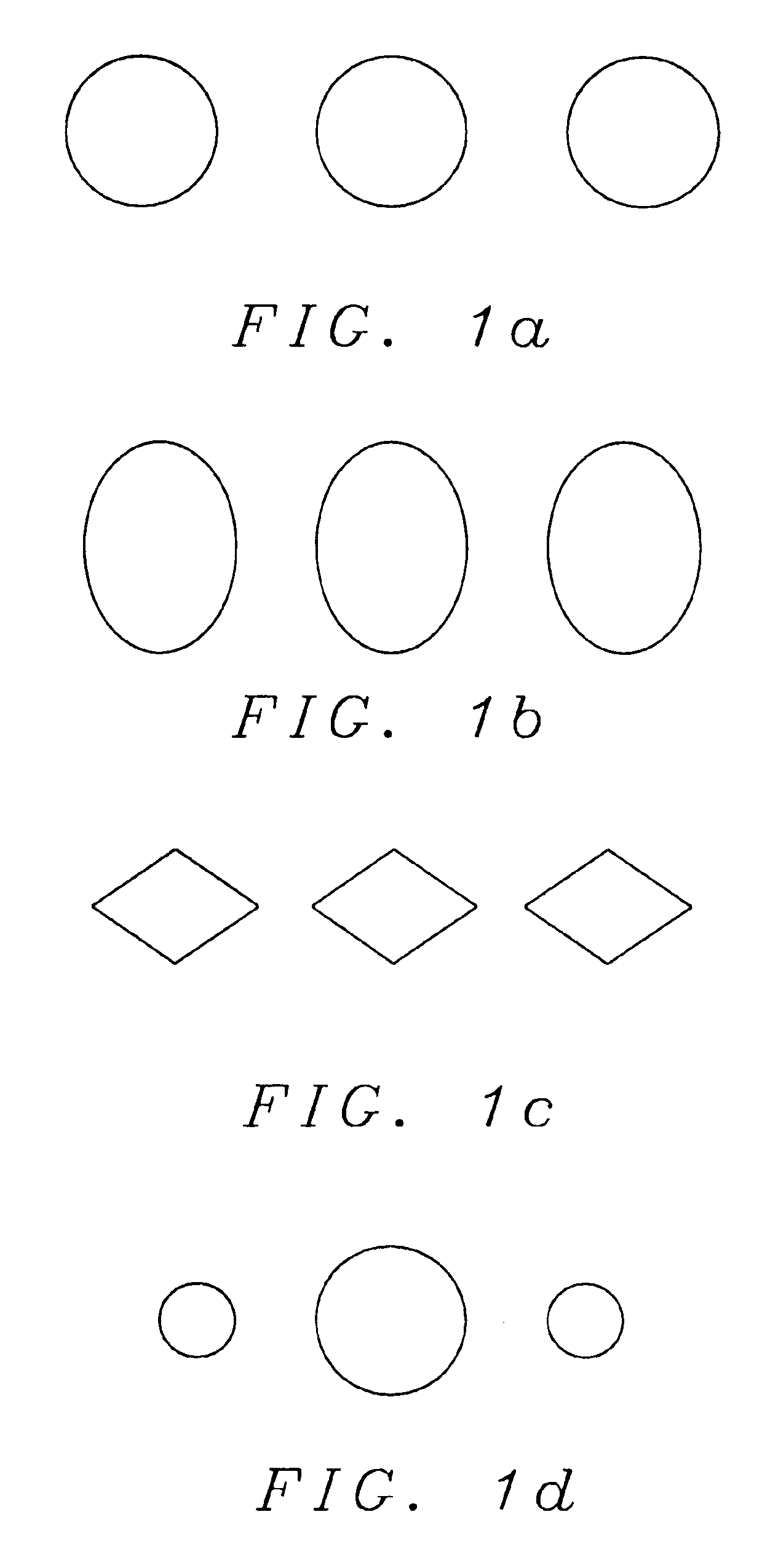Magnetic random access memory designs with controlled magnetic switching mechanism by magnetostatic coupling
a random access memory and magnetic switching technology, applied in the field of magnetic random access memory, can solve the problems of adverse effect on the storage and reading of data, uncontrollable edge-fields, and large size associations, and achieve the effects of reducing edge effects, small, but non-zero, magnetic moment, and reducing probability
- Summary
- Abstract
- Description
- Claims
- Application Information
AI Technical Summary
Benefits of technology
Problems solved by technology
Method used
Image
Examples
Embodiment Construction
[0027]The preferred embodiment of the present invention teaches a method of forming an MRAM cell array of novel segmented MTJ devices of approximately sub-micron dimensions, said array thereby having a structure and design that provides a lowered threshold for state switching and a uniformity of coercivity across the array. The design of the array replaces a single MTJ cell element, such as is found with various shapes in the prior art, with elements which are formed of magnetostatically coupled discrete segments. These discrete elements are linked in chainlike configurations such as those shown in FIGS. 1a-d. The segmentation offers at least the following three advantages: 1) a reduction of the switching field threshold dependence on individual cell geometry and a corresponding ability to control write power consumption by varying the direction of crystalline anisotropy; 2) a preferred path of switching which is a fanning mode, wherein the ends of the magnetization vectors of indiv...
PUM
| Property | Measurement | Unit |
|---|---|---|
| aspect ratio | aaaaa | aaaaa |
| size | aaaaa | aaaaa |
| size | aaaaa | aaaaa |
Abstract
Description
Claims
Application Information
 Login to View More
Login to View More - R&D
- Intellectual Property
- Life Sciences
- Materials
- Tech Scout
- Unparalleled Data Quality
- Higher Quality Content
- 60% Fewer Hallucinations
Browse by: Latest US Patents, China's latest patents, Technical Efficacy Thesaurus, Application Domain, Technology Topic, Popular Technical Reports.
© 2025 PatSnap. All rights reserved.Legal|Privacy policy|Modern Slavery Act Transparency Statement|Sitemap|About US| Contact US: help@patsnap.com



